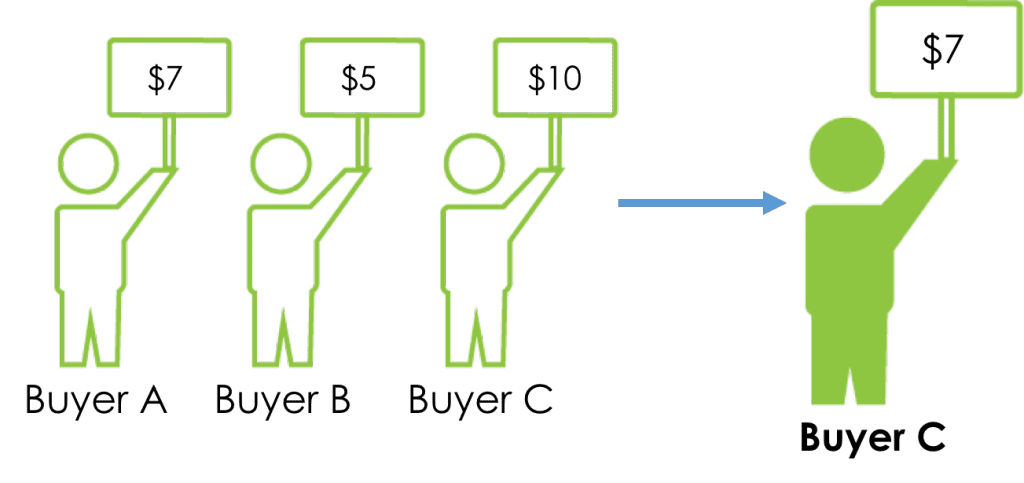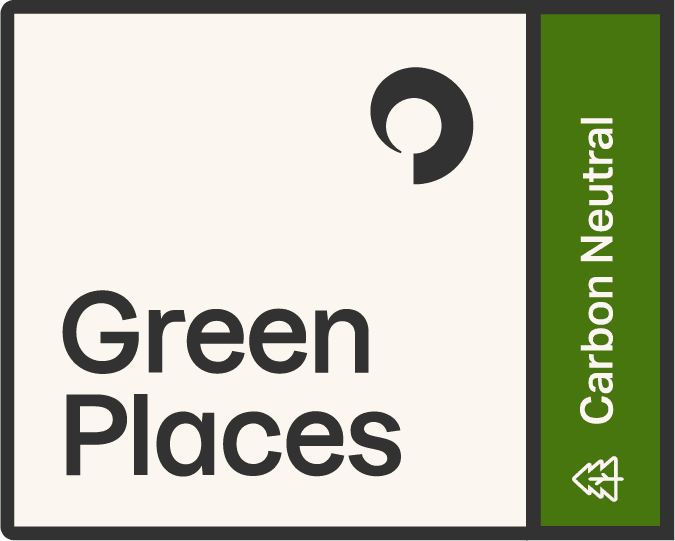Some of you may have heard Google’s programmatic offering Google Ad Manager (formerly DBM) is making a move to “simplify their bidding process”. The announcement states that by the end of the year they are looking to move away from Second Price auctions and only execute on First Price auctions. This move only relates to their programmatic offering and will not change their own properties (Google Search, YouTube, etc). You can read their full press announcement, but if the programmatic space is nothing but shiny words to you, please allow me to explain from an advertisers perspective what this means – and why it’s important knowing that all other DSP’s/SSP’s will probably follow suit.
What’s the difference between First Price and Second Price auctions?
At present, if you put in a maximum bid of a $10 CPM for exchange impressions, and the next closest person bidding is at a $5 CPM – you will win the available inventory at a price of $5.01. Essentially, Google compares your bid to the next bidder, and changes your bid to $.01 over that competitor (by definition, making that your Second Price). Moving to a First Price auction essentially means you either win or lose with your initial bid, but Google will not look at what that second bid was to adjust your bid to a new, lower price. So your first price bid at $10 is the winner, therefore, you pay $10.
While you should be happy you won the auction at the price you bid, the reality is, you’re now overpaying what you used to pay. So this change is MUCH better for publishers who stand to generate more revenue from the higher bid, and MUCH better for Google (go figure) – but as an advertiser (or agency), the pressure is now on you to truly understand the market pricing.
So why is understanding the market pricing a bad thing?
At the end of the day, it’s not – if everyone understands it. But just like I see other agencies say “yeah, we do that too” – they don’t. So now imagine the advertisers or agencies who don’t understand the change, and continue to bid the higher amount? They are not only going to win more auctions, but they’re going to artificially drive up the costs for everyone. Whereas, if you truly understand your data and your audiences, there are going to be some cases where you’re willing to pay a higher CPM, but others you aren’t – but might just not have a choice in this new environment. So what options do you have?
Shady Bidding…. I mean, Bid Shading
Alright – maybe it’s just that I don’t understand the math and the algorithm’s behind Bid Shading, but this new technology strikes me as a little self serving. Bid shading was essentially created to ease with the gap between overpaying on first pricing, and the original second pricing. It’s based off historical data at the DSP level that helps to define past winning bids and calculate a bid somewhere between the first and second prices. Clear as mud – right?
Simplifying Programmatic?
If you read this far, it’s not likely that you’ve found anything I’ve mentioned simpler – however, that’s how Google is labeling this change. Publisher’s should be happier, and Google will be happier – but changing a bidding format so that a third gray area bid structure needs to be created seems like anything other than simpler.









